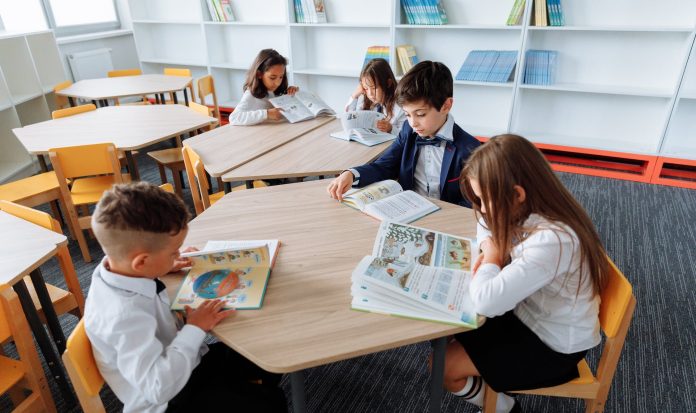Book bans continue to plague the United States, thanks to increased governmental and parental involvement in schools, particularly in more conservative areas. State legislations like Florida’s “Don’t Say Gay” Bill (also known as the Parental Rights in Education Act), compounded with restrictions on teaching critical race theory (CRT), have made thousands of books ripe for censorship.
According to an April 2023 report by PEN America, over 2,250 books have been banned in public schools since July 2021. The report also found that, of the 1,477 books banned during the 2022-23 school year, 30 percent are about race or PoC and 26 percent include LGBTQ+ characters or themes.
Historically, book bans were largely fought for by parents and concerned citizens. Today, many bans are a direct result of state laws, designed to prohibit children from learning about race, sexuality, gender identity and other socially relevant topics. Between July 2021 and December 2022, Texas led the country in bans, with seven districts responsible for 438 instances. Florida followed closely behind.
Now, state governments are cracking down on “pornographic” and “sexually explicit” content. In Tennessee, it’s a felony for a “book publisher, distributor, or seller to provide ‘obscene matter’ to a public school”. What counts as “obscene”, however, is still under question. One sentence alone could qualify an entire book to be banned, regardless of its literary value.
According to TIME, today’s book bans have little to do with protecting young minds and everything to do with furthering the conservative agenda. Titles like Gender Queer: A Memoir by Maia Kobabe and Flamer by Mike Curato—which focus on LGBTQ+ themes—were both banned in 15 districts; The Bluest Eyes by Toni Morrison, The Handmaid’s Tale by Margaret Atwood and Looking for Alaska by John Green have also been targets.
Banned books are ‘controversial’ because they present real issues to young people, spark thoughtful discussions and prepare them for adult life. Many of these texts are also resources in sex education, identity and self-expression. They tend to help more than harm and, without them, literature loses purpose.
Words by Katie Kaperson
